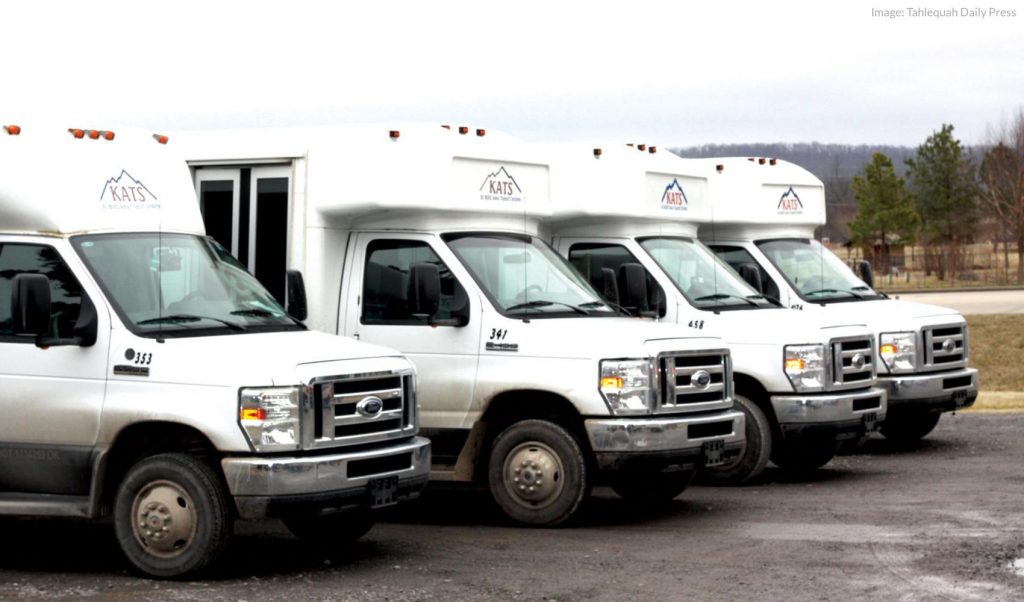

Struggles for rural transit agencies show that the impacts of the COVID-19 pandemic to public transportation are not limited to big cities.
Transit agencies are struggling to continue providing service in the face of plummeting fare revenues and increased costs associated with the need for cleaning vehicles and providing enough service to allow for safe spacing of passengers.
The fallout for transit in this crisis has been more visible in large cities than rural communities, since more people use transit in urban areas, and urban transit is typically more dependent on farebox revenue. But the impact has been just as severe for rural transit systems. Rural systems often don’t have staff that can dedicate time documenting impacts and calling members of Congress. They are trying to keep the doors open, the vehicles clean and running, and the drivers and riders safe. This may in part explain why many rural and tribal transit systems were caught off-guard when their share of the $25 billion of transit relief funding in the CARES Act was cut in half, from $4 billion to $2.2 billion just before the bill passed.
The reality is that rural transit agencies, already operating on very tight margins with unstable financial support, are already at a breaking point in this crisis. “Rural transit systems are at their wits’ end emotionally, physically, mentally and financially,” says LaQuita Thornely, Executive Director of INCA Community Services, an agency that operates JAMM Transit in four rural Oklahoma counties. “The nature of rural transit makes survival during this time questionable.”
What we heard from transit agencies in Oklahoma are examples of what is likely happening to rural transit agencies nationwide.
The modest pay and part-time nature of driving for a rural system means it doesn’t pay the bills but can supplement retirement income. Because of this, rural transit drivers are more often older — many are over 65 — and therefore at greater risk of complications or even death, should they be infected by COVID-19.
For good reason, drivers are already skittish about continuing to work, and many are quitting, often not even bothering to give notice. Recently, a dialysis patient tested positive for the coronavirus after exposing two drivers. “We are awaiting the ripple effects of that incident on driver retention,” said Charla Sloan, Transit Director for KI BOIS Area Transit System (KATS) that serves 12 rural Oklahoma counties. “Social distancing is not possible when rural drivers have to secure wheelchair passengers in the vehicles.” Several systems in Oklahoma have had to cut service due to the COVID-19-caused driver shortage.
Making sure drivers are protected could go a long way toward keeping drivers safe and more of them on the job. But personal protective equipment (PPE) and even hand sanitizer is in short supply and hard to come by. The Oklahoma Transit Association (OTA) has found a supply of hand sanitizer from a local distillery and protective masks from China through one of its vendor members. “We have been driving hundreds of miles around the state delivering hand sanitizer and masks to systems that have no other way to protect its drivers and riders,” said Mark C. Nestlen, Executive Director of OTA. “We have still not found a supplier for small spray bottles to dispense the hand sanitizer or vehicle cleaning supplies, so the stress level remains high.”
The fiscal impacts of the pandemic on already-stretched rural transit systems will be immense. “My system is two payrolls away from being broke,” said Melissa Fesler, Director of First Capital Trolley who serves three Oklahoma counties. “Already subdued local rural economies are shut down with physical distancing practices taking hold. Local revenue sources are drying up quickly, and those local revenues will not recover for years to come.”
“Concern is growing as to the long-term viability of rural transit once the pandemic subsides and we return to a new normal,” said state representative Avery Frix (R-Muskogee), who serves as Chairman of the Oklahoma House of Representatives Transportation Committee and represents two rural counties. “As a result of the COVID-19 health crisis and the related economic collapse, the funding from local sources is going to plummet. Our rural transit providers rely on local matching funds to leverage federal dollars to keep vehicles moving. And those local funds are not going to be there for years.”
Prior to the public health crisis many rural transit providers were already walking a razor’s edge with being able to continue service. Closing down entirely would be especially devastating to many seniors and people with disabilities who rely solely on their local transit system for the one meal at the senior site or access to much needed health care like dialysis or to the worker who relies on transit to get to work.
“As rural states recover from the crisis, public transit will have to be a major component of the economic recovery,” Frix continued. “Without an effective public transit system operating seamlessly statewide within and between rural communities and urban cities, a recovery will be slow at best, if at all.”




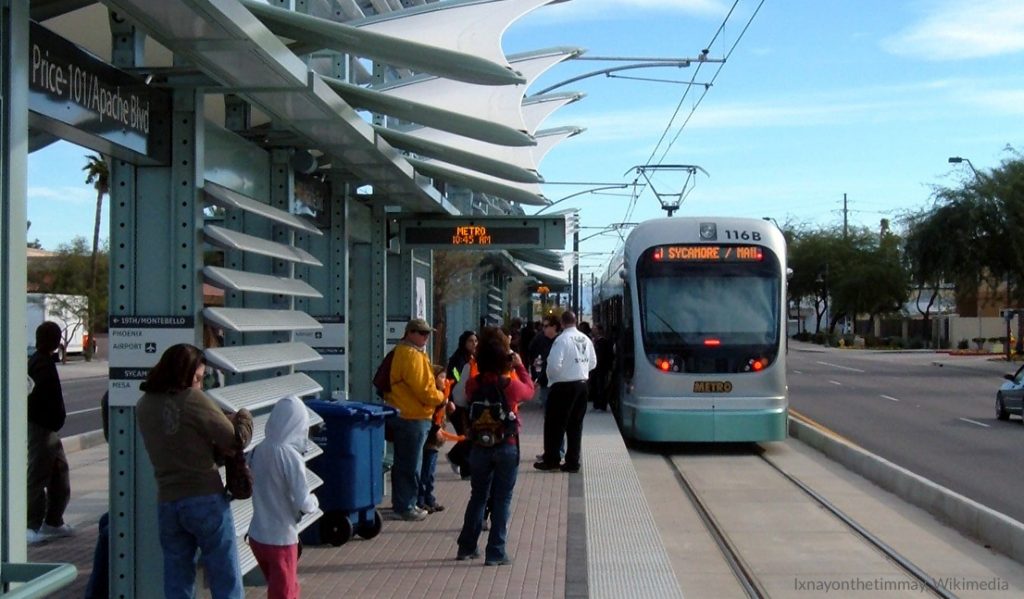
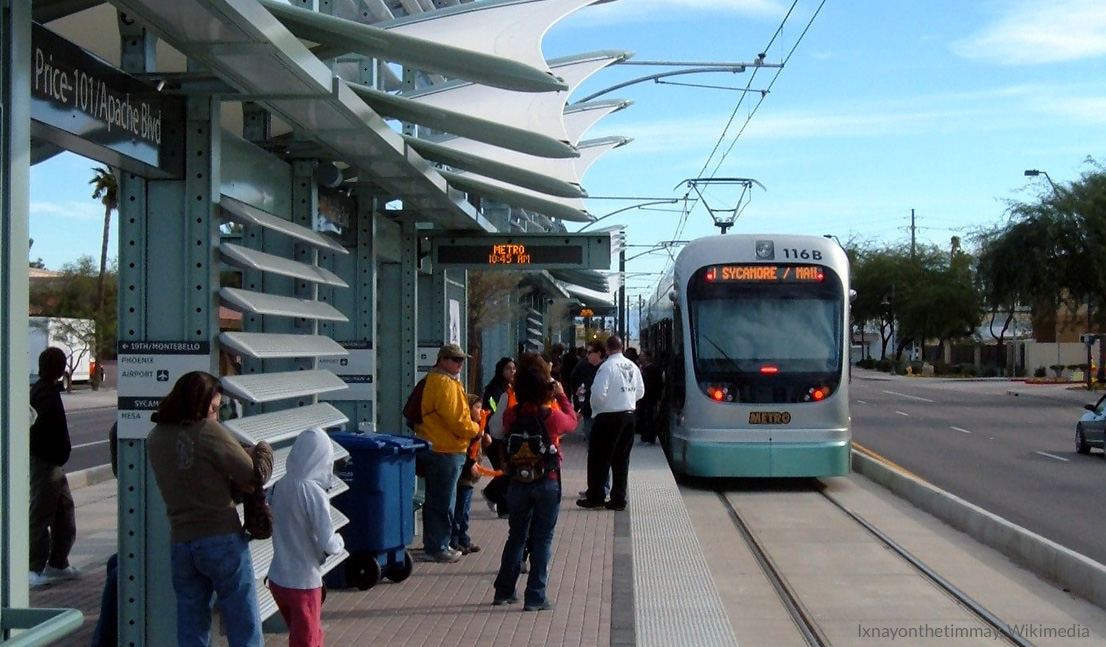 Later this month, Phoenix voters will decide whether to ban all future rail transit investment, putting an abrupt end to light rail expansions and dealing a major blow to the city’s and region’s efforts to create a sense of place, attract talent, and grow the economy.
Later this month, Phoenix voters will decide whether to ban all future rail transit investment, putting an abrupt end to light rail expansions and dealing a major blow to the city’s and region’s efforts to create a sense of place, attract talent, and grow the economy.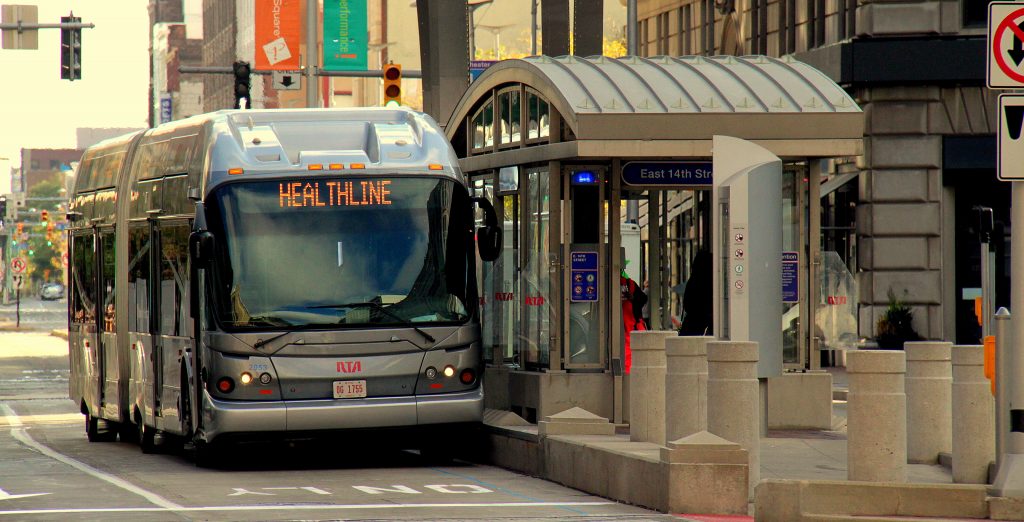
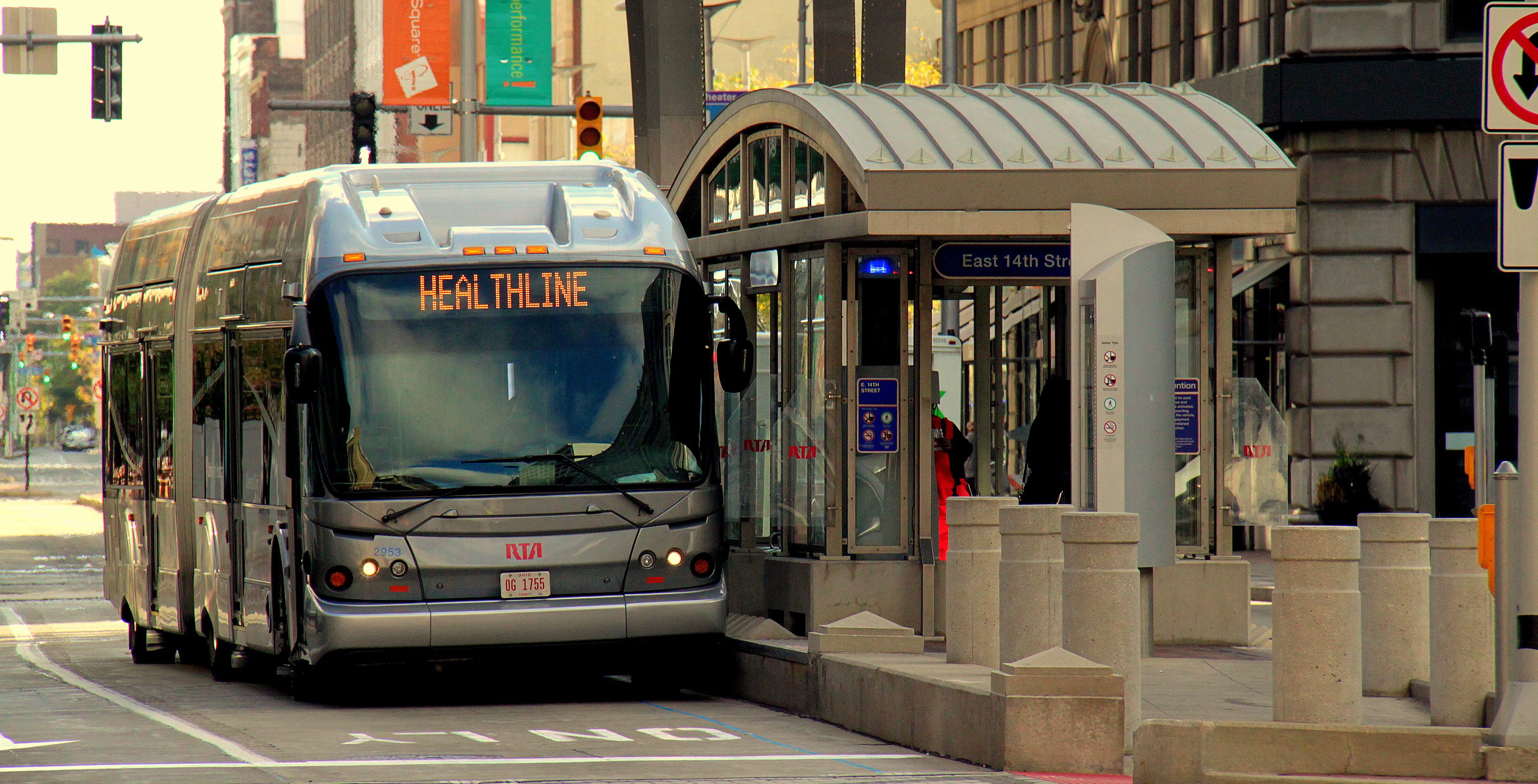
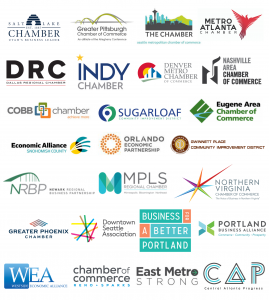
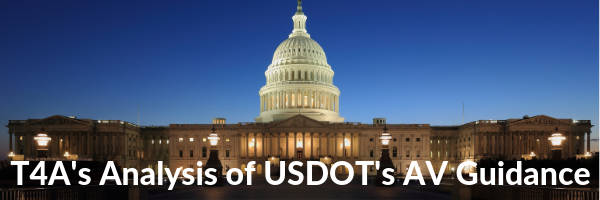
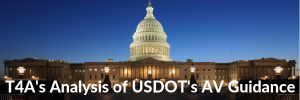
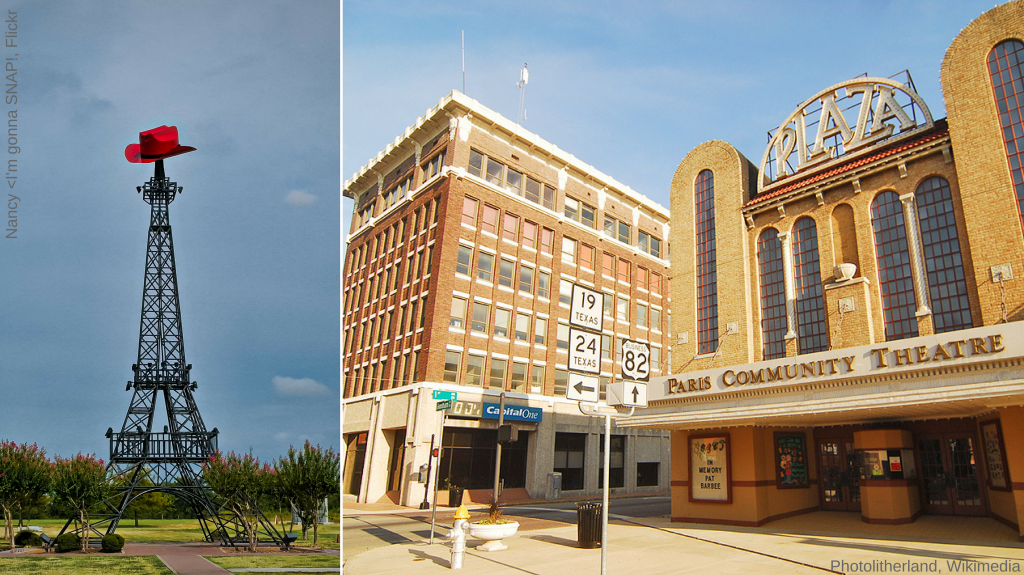
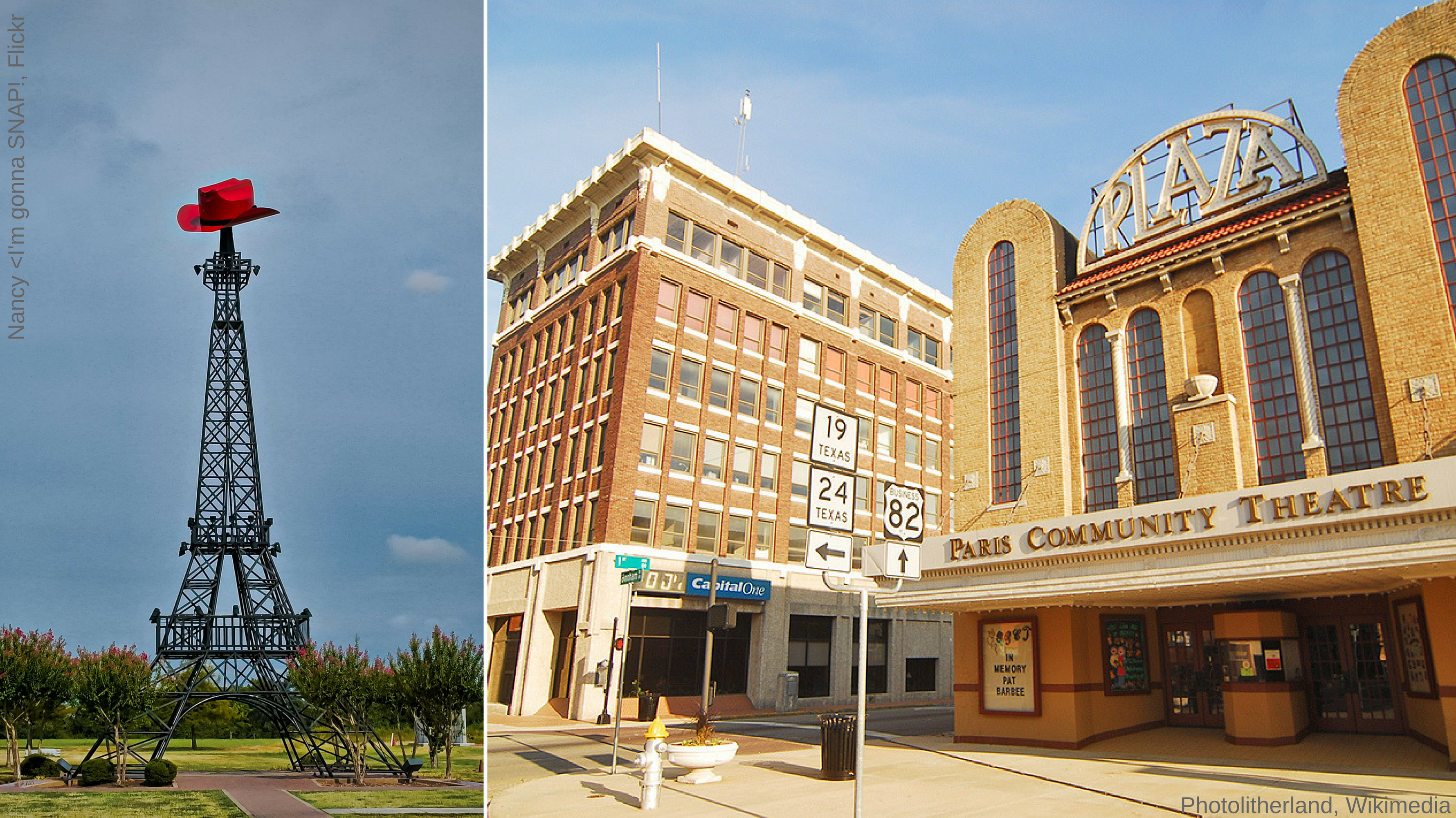
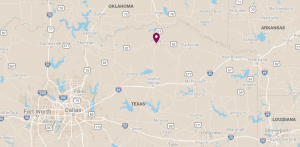

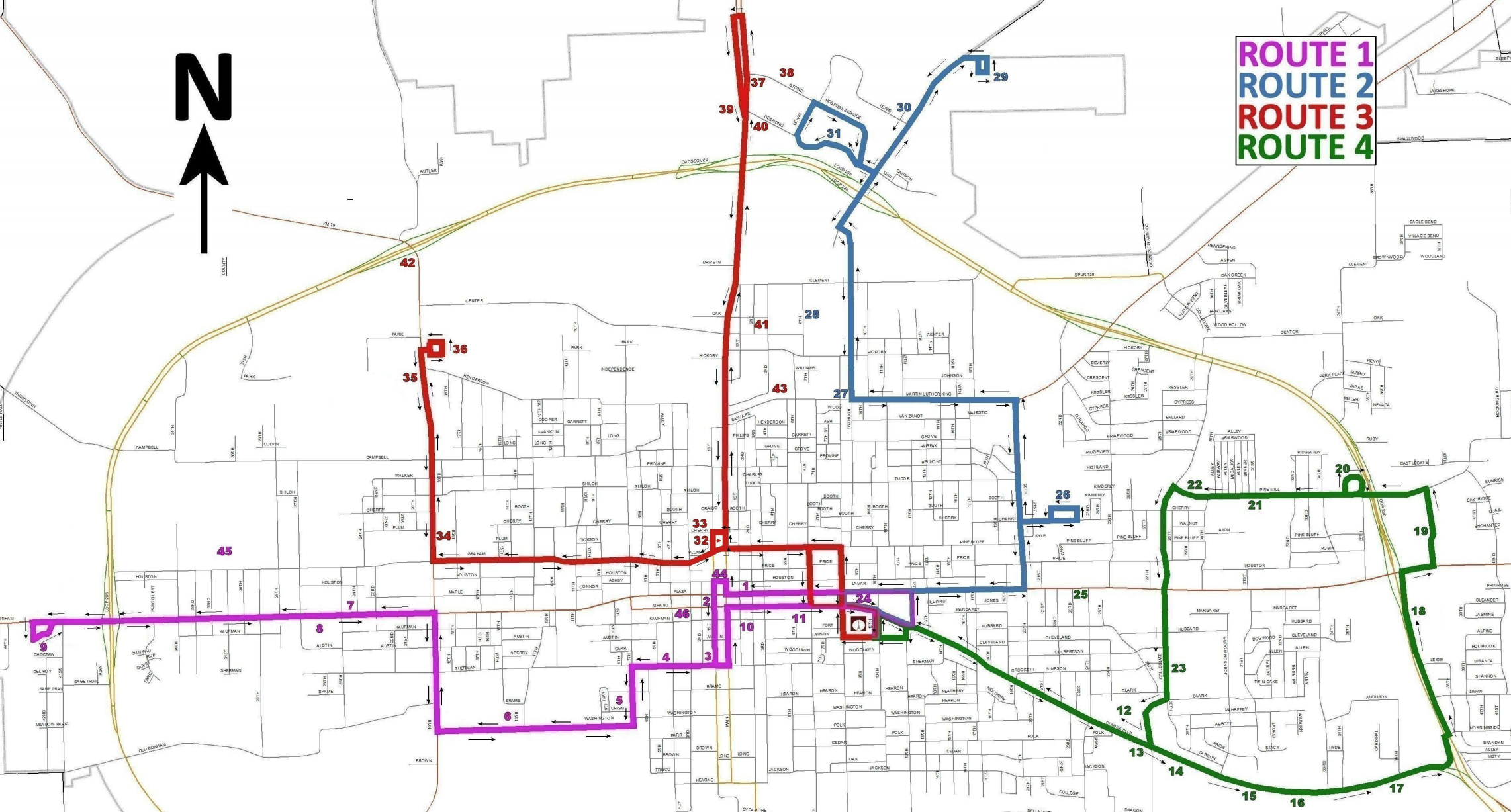
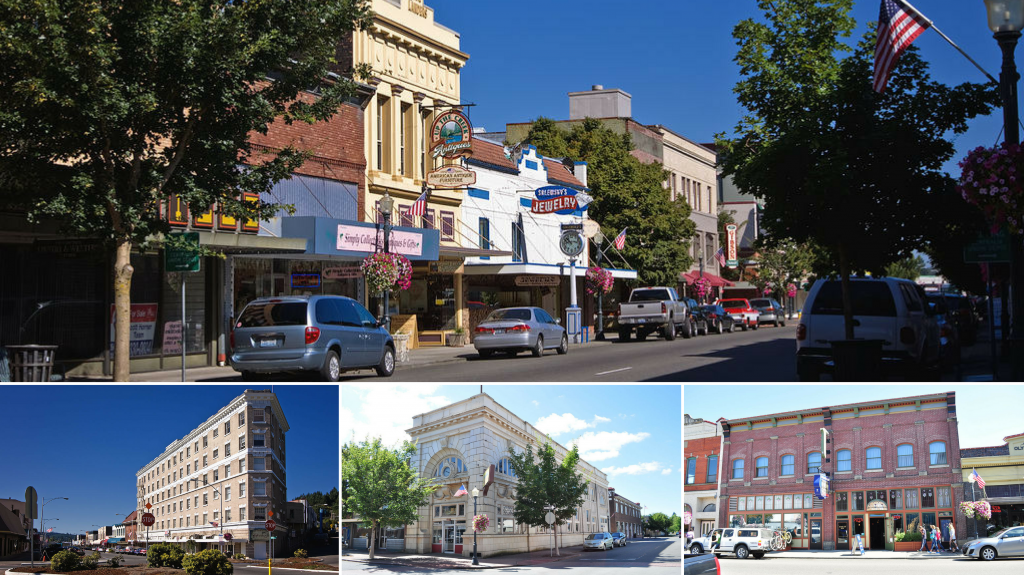
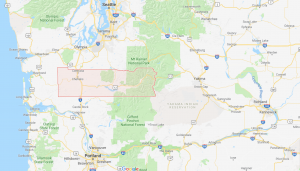
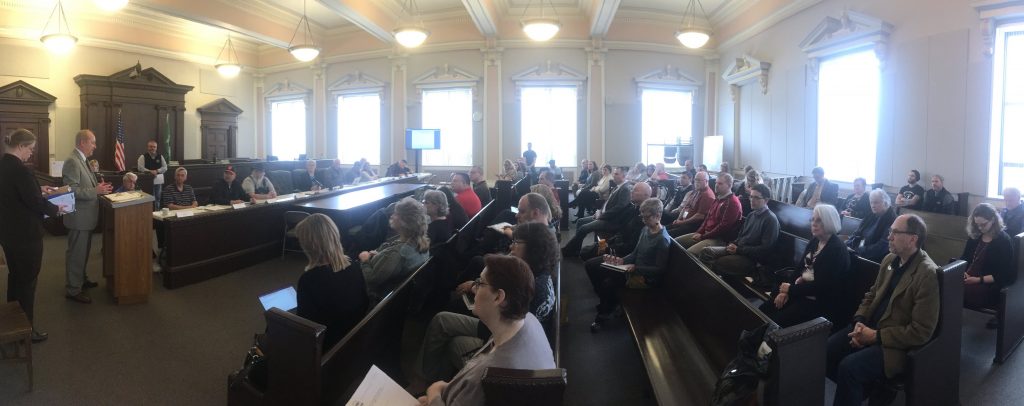 Transit conference where all jurisdictions (save one) supported putting a measure on the November 2018 ballot to expand the Twin Transit district to include all of Lewis County.
Transit conference where all jurisdictions (save one) supported putting a measure on the November 2018 ballot to expand the Twin Transit district to include all of Lewis County.